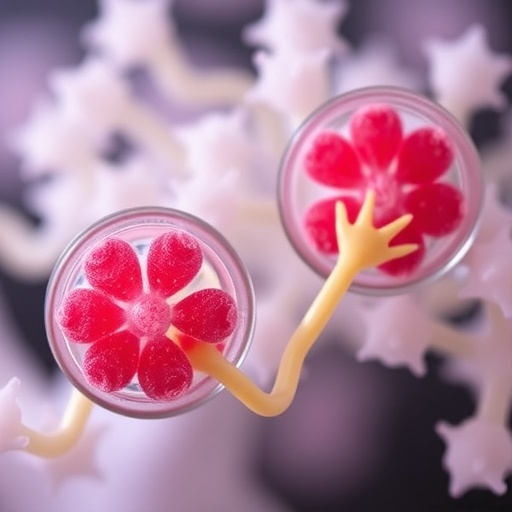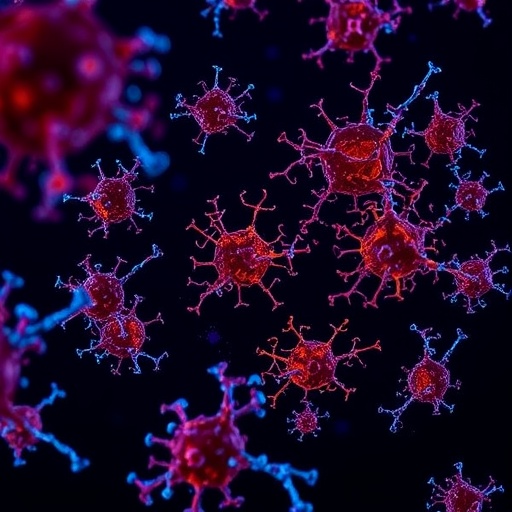Bottom Line: Inflammatory and immune-regulatory mechanisms were found to be altered in animal models and in archived prostate cancer tumor samples of responders exposed to dust from the World Trade Center terrorist attacks on Sept. 11, 2001.
Journal in Which the Study was Published: Molecular Cancer Research, a journal of the American Association for Cancer Research
Authors: Emanuela Taioli, MD, PhD, director of the Institute for Translational Epidemiology at the Icahn School of Medicine at Mount Sinai and associate director for Population Science at the Tisch Cancer Institute, both in New York; and William Oh, MD, chief of the Division of Hematology and Medical Oncology at the Icahn School of Medicine at Mount Sinai and deputy director at the Tisch Cancer Institute
Background: “World Trade Center responders show an overall increase in cancer incidence, including prostate cancer,” said Taioli. “It is important to address the reasons for this increased incidence in order to prevent new cases in this aging cohort.”
Previous work has reported an increased incidence of prostate cancer among responders to attacks on the World Trade Center. However, because these responders have been closely monitored, it remains unknown whether this increased incidence is truly related to exposure to carcinogens in the World Trade Center dust or whether it is a result of surveillance bias, noted Taioli. “Our study aimed to determine potential underlying mechanisms that could explain the link between World Trade Center responders and increased prostate cancer incidence,” she said.
How the Study Was Conducted and Results: To identify differential patterns of gene expression potentially caused by exposure to World Trade Center dust, the researchers compared archived prostate cancer tumors from unexposed individuals (14 patients) and World Trade Center responders (15 patients). Prostate cancer tumors taken from responders showed a downregulation of genes involved in immune-cell chemotaxis and proliferation and an upregulation of genes involved in apoptosis and immune modulation, compared with prostate cancer tumors taken from unexposed patients. Additionally, cell-type enrichment analyses revealed an upregulation of pro-inflammatory cell types in prostate cancer tissue samples taken from responders compared with samples taken from unexposed patients.
To understand how inhalation of World Trade Center dust may affect a healthy prostate, the researchers exposed rats to dust that was collected at Ground Zero within 72 hours after the attacks. Rats anesthetized using isoflurane received either a two-hour exposure to the dust or no exposure to the dust for two consecutive days. The dose was adjusted to mimic the level of dust first responders would have inhaled during the initial three days at Ground Zero. To identify both immediate and delayed responses to World Trade Center dust, rat prostates were harvested at one day or 30 days post exposure and analyzed.
Rat prostate samples taken after one day of exposure revealed an upregulation of pro-inflammatory cell types compared with controls. Prostate samples taken 30 days post exposure revealed an upregulation of genes involved in cholesterol biosynthesis compared with controls.
“Cholesterol is an important precursor to androgens, which are known to drive prostate cancer development,” explained Oh. “Our preliminary finding that exposure to World Trade Center dust increased the expression of genes in the cholesterol biosynthesis pathway highlights an additional mechanism by which environmental exposures may lead to the progression of prostate cancer.”
Author’s Comments: “It has been recognized that inflammation may be an important consideration in prostate cancer progression,” said Oh.
“In our study, both the archived human prostate cancer tissues of 9/11 responders and the prostates of rats experimentally exposed to World Trade Center dust showed an increase in pro-inflammatory cell types,” noted Taioli. “This finding represents the first mechanistic link between exposure to World Trade Center dust and prostate cancer.”
Oh noted, “Our results suggest that inflammatory mechanisms are activated in the prostate after exposure to World Trade Center dust, which may give rise to chronic inflammation and contribute to prostate cancer progression.”
Study Limitations: Limitations of the study include a small sample size of archived human prostate samples.
Funding & Disclosures: This study was sponsored by grants from the Centers for Disease Control and Prevention and the National Institute for Occupational Safety and Health.
Oh is a consultant/advisory board member for Sema4, CheckPoint Sciences, AstraZeneca, Sanofi, Genzyme, Bayer, and Janssen.
###
Media Contact
Julia Gunther
[email protected]
http://dx.




